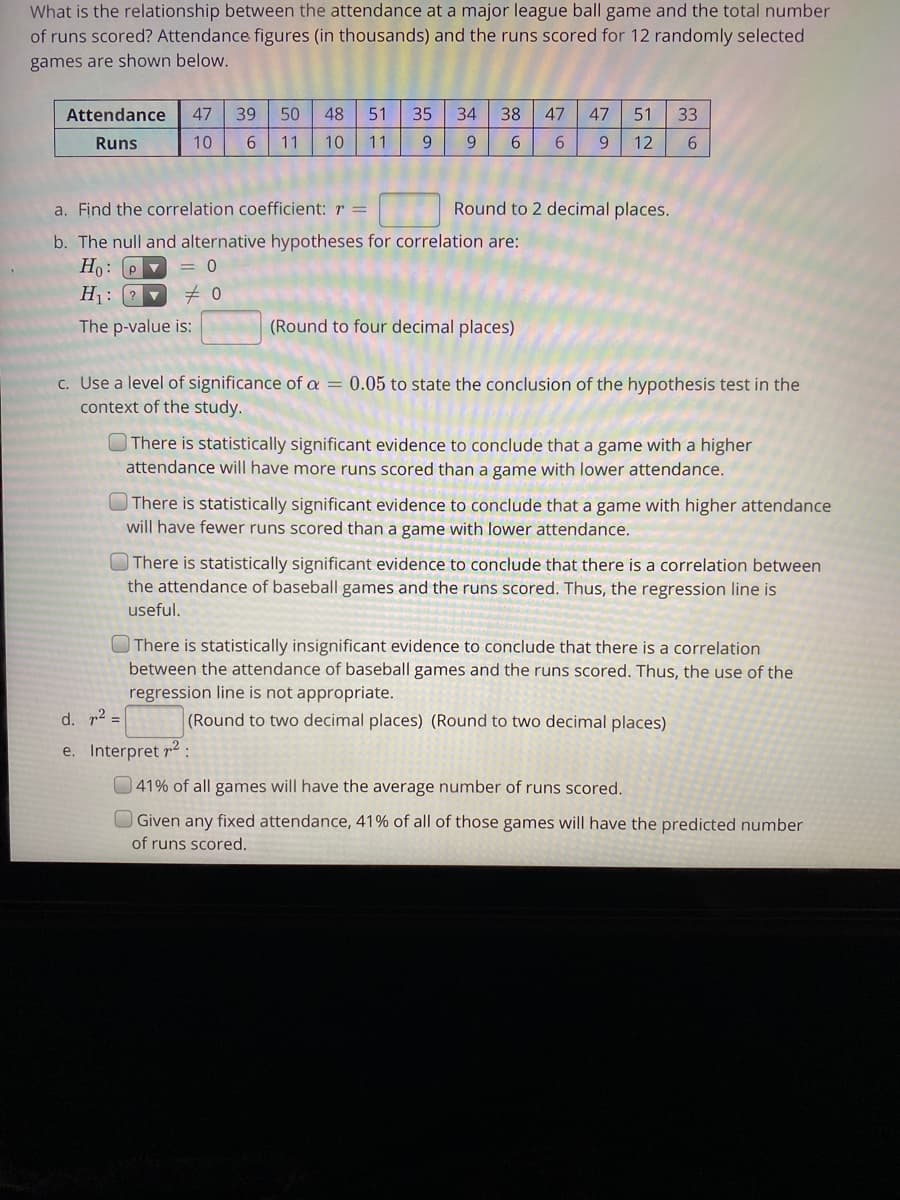What is the relationship between the attendance at a major league ball game and the total number of runs scored? Attendance figures (in thousands) and the runs scored for 12 randomly selected games are shown below. Attendance 47 39 50 48 51 35 34 38 47 47 51 33 Runs 10 11 10 11 9. 12 9. 6.
Permutations and Combinations
If there are 5 dishes, they can be relished in any order at a time. In permutation, it should be in a particular order. In combination, the order does not matter. Take 3 letters a, b, and c. The possible ways of pairing any two letters are ab, bc, ac, ba, cb and ca. It is in a particular order. So, this can be called the permutation of a, b, and c. But if the order does not matter then ab is the same as ba. Similarly, bc is the same as cb and ac is the same as ca. Here the list has ab, bc, and ac alone. This can be called the combination of a, b, and c.
Counting Theory
The fundamental counting principle is a rule that is used to count the total number of possible outcomes in a given situation.

Step by step
Solved in 4 steps with 3 images


